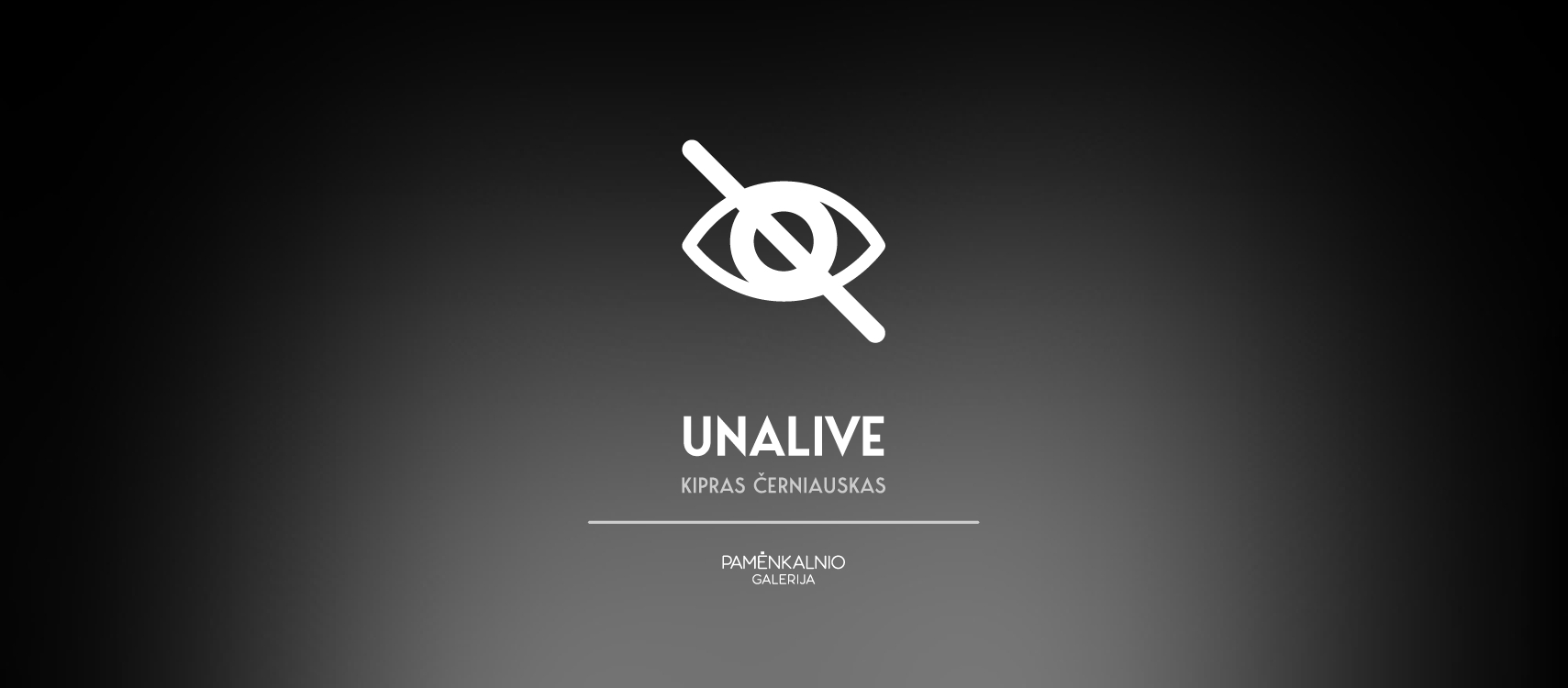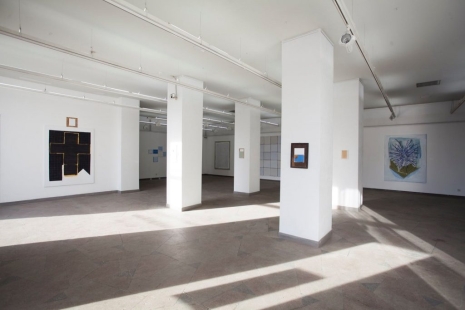“Unalive” is a term popularised by TikTok users to refer to the loss or deprivation of life, used as both verb and adjective. The term acts as a euphemism to evade censorship on social media.
The Unalive exhibition is broadly about contemporary information – its nature, content and speed. More specifically, it is an analysis of information about death, focusing not on the fact of death itself, but on its perception and interpretation.
The exhibition is structured around several thematic sections. First, the author is interested in how death is represented in the informational space. “At the beginning of the war in Ukraine, Internet sites were flooded with incredibly graphic images of violence and death, that shocked the public. Later, social media began to censor and block such images. As the horror of war affected me too, I succumbed to the impulse to reflect on what I was seeing and, after buying some cheap felt-tip pens (a child’s tool closer to reality than oil paint), I started to draw war scenes. I didn’t experience the casualties of war directly, so I drew through the filters of social and news media. This process triggered thoughts about how we see and experience mass casualties in foreign countries. We watch the most brutal war along with advertisements, discounts and vacation offers. At the same time, it is both real and fake. In the information space, death becomes hierarchical and selective.”
The exhibition also touches on issues of personal mourning, and death as a taboo. “Talking to people about death is confusing because no one knows how to talk about it. After my father’s death, I noticed that people reacted to my experience in an over-dramatic way, as if it were a strange or abnormal phenomenon. When I observe the social media field, I notice attempts to reduce death and similar matters to something that is financially beneficial for the service providers. For example, in the vocabulary of TikTok users, Aesopian language is used to describe death, because death cannot be mentioned directly – it is associated with negative emotions that decrease users’ presence on the app. As a result, relevant topics disappear from the public space.”
Graphic designer: Ieva Tulaitė.
Organiser: Pamėnkalnio Gallery.
Sponsors: Lithuanian Council for Culture, Vilnius City, Lithuanian Artists’ Association.
Working hours: II–V 11–19, VI 11–16.





